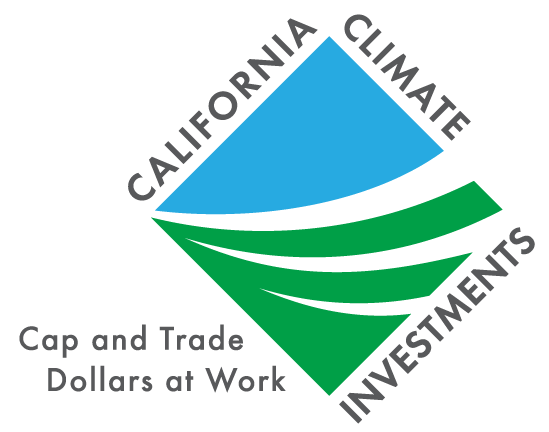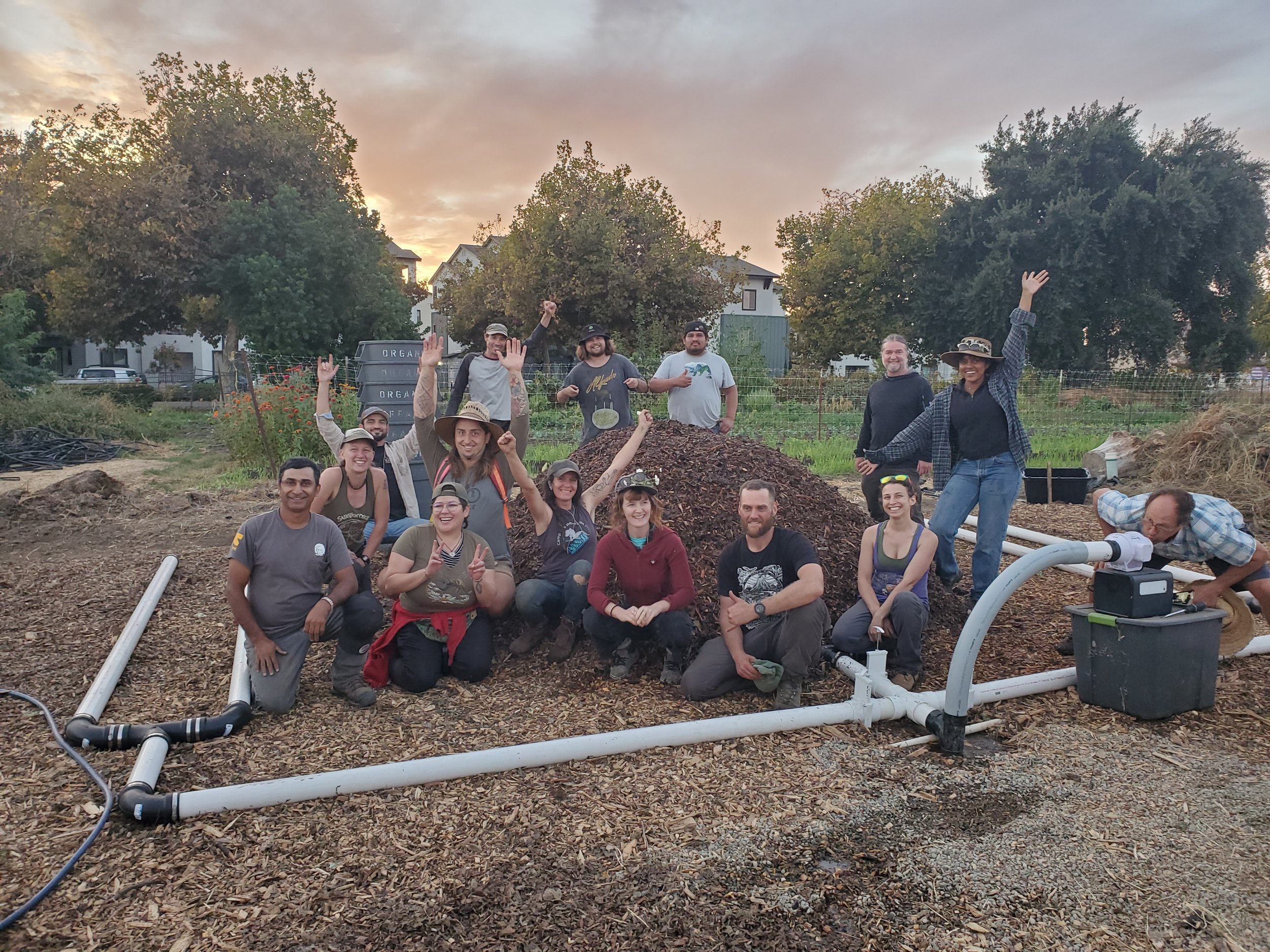California Natural Resources Agency
Amigos de Los Rios, a Southern California-based nonprofit, is using California Climate Investments funding received through the Urban Greening Program, administered by the California Natural Resources Agency, to create an Emerald Necklace, a 17-mile loop of parks and greenways connecting disadvantaged communities to urban green spaces. The nonprofit recently transformed the exterior of Mary Jackson Elementary School in Altadena and revitalized a section of the Rio Honda Bike Path, integrating native plants and natural infrastructure to capture carbon and filter groundwater.






















